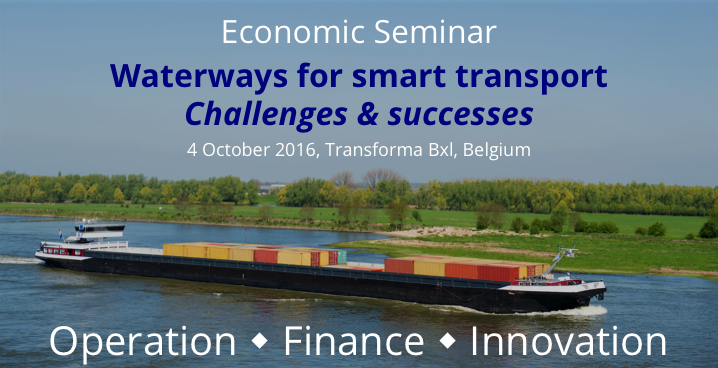About the economic seminar
The aim was to facilitate business relations in the inland waterways transport sector and to create awareness on the related opportunities considering its growth across Europe. Speakers and attendees represented diversity amongst the whole value chain including SMEs, start-ups, large companies, clusters, research groups, investment firms, pilots, operators, city distributors, etc. Click here to read more


